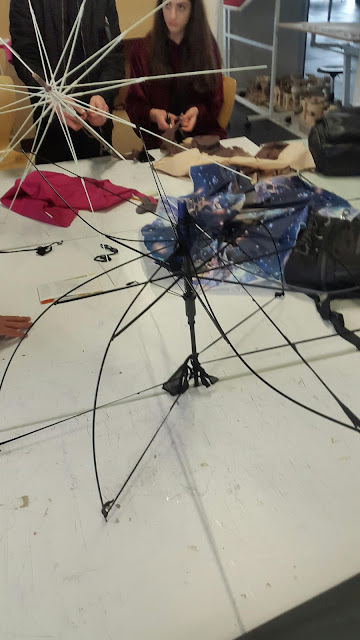From the past to the present
From the Past to the Present:
Aesthetics and Technology in Building (1965)
Pierre Luigi Nervi
• Italian architect, engineer, and builder
• Buildings
o Municipal Stadium, Florence
o Orvieto Hangars in Orvieto, Terni, Umbria, Italy completed inP 1935 and later destroyed
o UNESCO Headquarters, Paris
o Pirell Office Building, Milan
o Sports Arena, Rome
o Port Authority Bus Terminal, New York City
o Papal Audience Hall in Vatican City completed in 1971 Cathedral of St. Mary of the Assumption
• Architectural phenomenon
o Physical structure (obeying objective requirement)
o Aesthetic aspect ( producing emotion of subjective nature)
• Dual investigation as a builder and as a non-technician
o A technical perfect work can be aesthetically impressive but there does not exist, either in the past or in the present, a work of architecture which is accepted and recognized as excellent from the aesthetical point of view which is not also excellent from a technical point of view.
• Good technology is a necessary but not a sufficient condition for good architecture
• Building correctly
o Stability
Stable resistance to loads and external forces can be achieved by means of structure easily perceived or by means of technical artifices and unseen structures
o Durability
The proper choice and the use of materials and the adaption of necessary construction safeguards constitutes the first condition of achieving durability and lasting quality
o Function
Proper proportioning of the sizes and the relationships of spaces
The richness of ornamentation
Preciousness of the materials and with respect to the
purpose the building will be used
o Max results with min means (economic efficient)
• Refinements of architectural elements whose origin where purey utilitarian and suggested or required by the building process is found throughout the history of architecture
o Pediments
o Stone quarrying
o Capital and bases of columns
• It is clearly seen the short free spans which are directly dependent on the flexural resistance of the horizontal masonry blocks
• The horizontal thrust of vault over the central nave is neutralized by the walls which from the subsidiary spaces on either side.
• The highest expression of gothic architecture is the large cathedral
• Flying buttresses, visualization of the principal lines of forces along the diagonals of the groined vaults and the extension of these lines down to the foundation
• The gothic builders were the real forerunners of modern technology, eliminating the heavy masses of masonry used by Romans and replacing them with the equilibrium of forces created by the interplay of thrust and counterthrust of slender ribs
• Towards the middle of the last century the era of the technical intuition closed, and in its place came that of scientific technology. In this period transformation in the art of building was brought about by a combination of scientific, technical, industrial , economic and social development among which the followings are fundamental: the establishment of the complex theories which goes under the name of “structural mechanics”; the mass production of steel and concrete; and the social development and the consequent demand for buildings of greater dimensions.
• Correctness
o Stability, function and resistance to atmospheric agents are fundamental qualities of a work of architecture; a building
which imperfectly serves the purpose for which it was built, which is not absolutely stable, or which deteriorates in a short time because of the action of the external elements or of use, can obviously not by considered correct.
• Material
• The objective data of the problem, technology and statics, suggest the solution and the forms; the aesthetical sensitivity of the designer, who understands their intrinsic beauty and validity, welcomes the suggestions and models it, emphasizes it, proportions it, in a personal manner which constitutes the artistic element in architecture
• Nervi -> structural form, conceptual design, material, aesthetics
o Reflecting statical system
o Harmony, proportionality
o Elegance
o Unique solutions
o Fitting to the environment
o Surface appearance (forms, colors, materials)
o Humanity Architecture as Engineering High tech architecture
• Norman Foster
o The dominance of Machine
• Peter Cook
• David Greene
• R. Buckminister Fuller
o Inventor of the geodesic dome
o “Doing more with less”
o champion of technology
• Le Corbusier: “Engineering is meaningless without art in Architecture”


Comments
Post a Comment